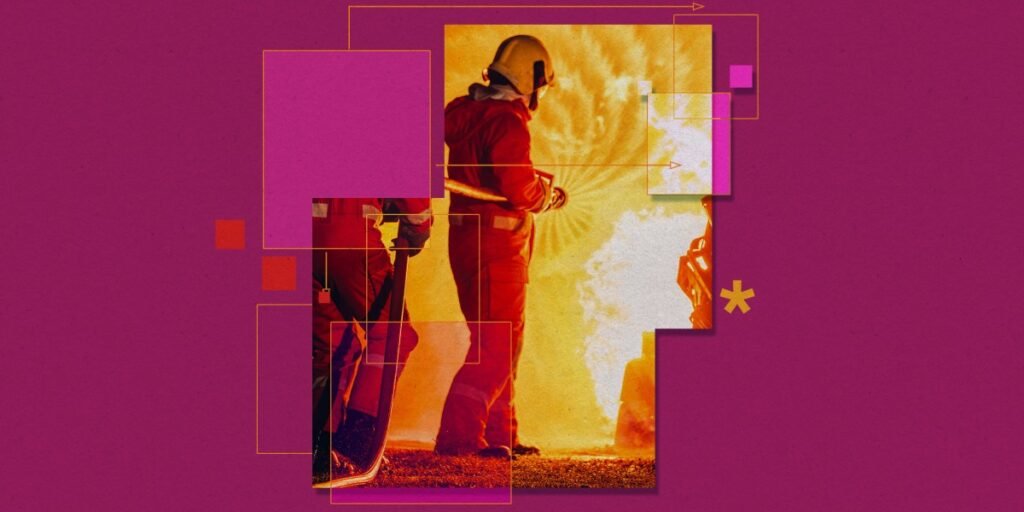These findings might have implications for a way we consider AI, as we at the moment are inclined to concentrate on guaranteeing a mannequin is secure earlier than it’s launched. “What our database is saying is, the vary of dangers is substantial, not all of which could be checked forward of time,” says Neil Thompson, director of MIT FutureTech and one of many creators of the database. Subsequently, auditors, policymakers, and scientists at labs might wish to monitor fashions after they’re launched by repeatedly reviewing the dangers they current post-deployment.
There have been many makes an attempt to place collectively an inventory like this prior to now, however they had been involved primarily with a slender set of potential harms arising from AI, says Thompson, and the piecemeal strategy made it laborious to get a complete view of the dangers related to AI.
Even with this new database, it’s laborious to know which AI dangers to fret about essentially the most, a process made much more sophisticated as a result of we don’t fully understand how cutting-edge AI methods even work.
The database’s creators sidestepped that query, selecting to not rank dangers by the extent of hazard they pose.
“What we actually wished to do was to have a impartial and complete database, and by impartial, I imply to take all the pieces as introduced and be very clear about that,” says the database’s lead writer, Peter Slattery, a postdoctoral affiliate at MIT FutureTech.
However that tactic might restrict the database’s usefulness, says Anka Reuel, a PhD scholar in pc science at Stanford College and member of its Heart for AI Security, who was not concerned within the undertaking. She says merely compiling dangers related to AI will quickly be inadequate. “They’ve been very thorough, which is an efficient start line for future analysis efforts, however I believe we’re reaching some extent the place making individuals conscious of all of the dangers is just not the principle drawback anymore,” she says. “To me, it’s translating these dangers. What can we truly must do to fight [them]?”
This database opens the door for future analysis. Its creators made the checklist partially to dig into their very own questions, like which dangers are under-researched or not being tackled. “What we’re most frightened about is, are there gaps?” says Thompson.
“We intend this to be a dwelling database, the beginning of one thing. We’re very eager to get feedback on this,” Slattery says. “We haven’t put this out saying, ‘We’ve actually figured it out, and all the pieces we’ve executed goes to be good.’”

